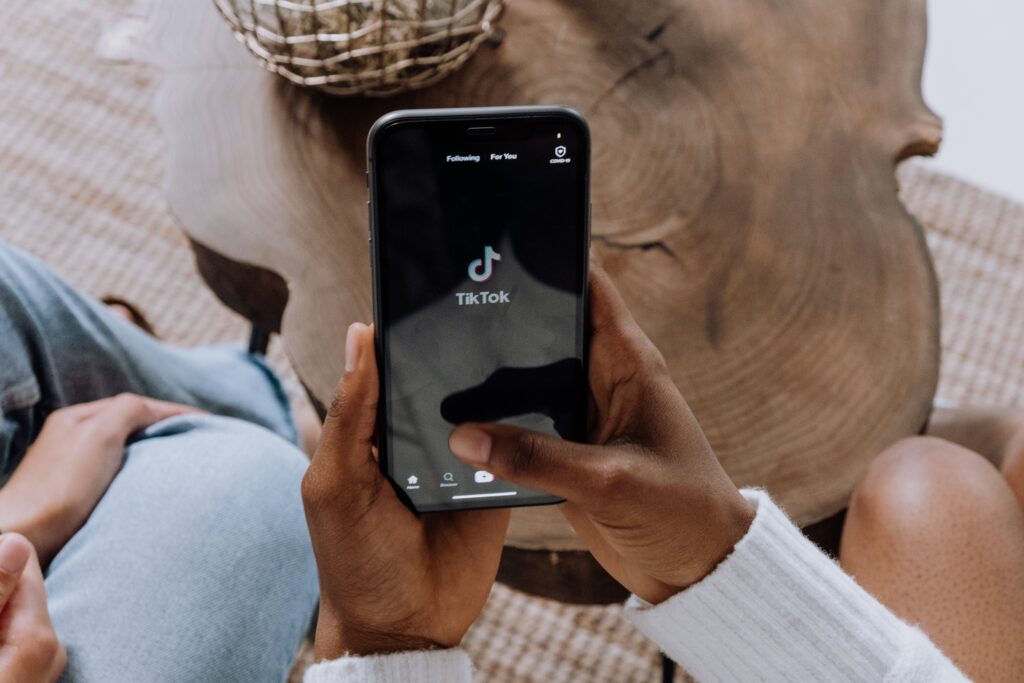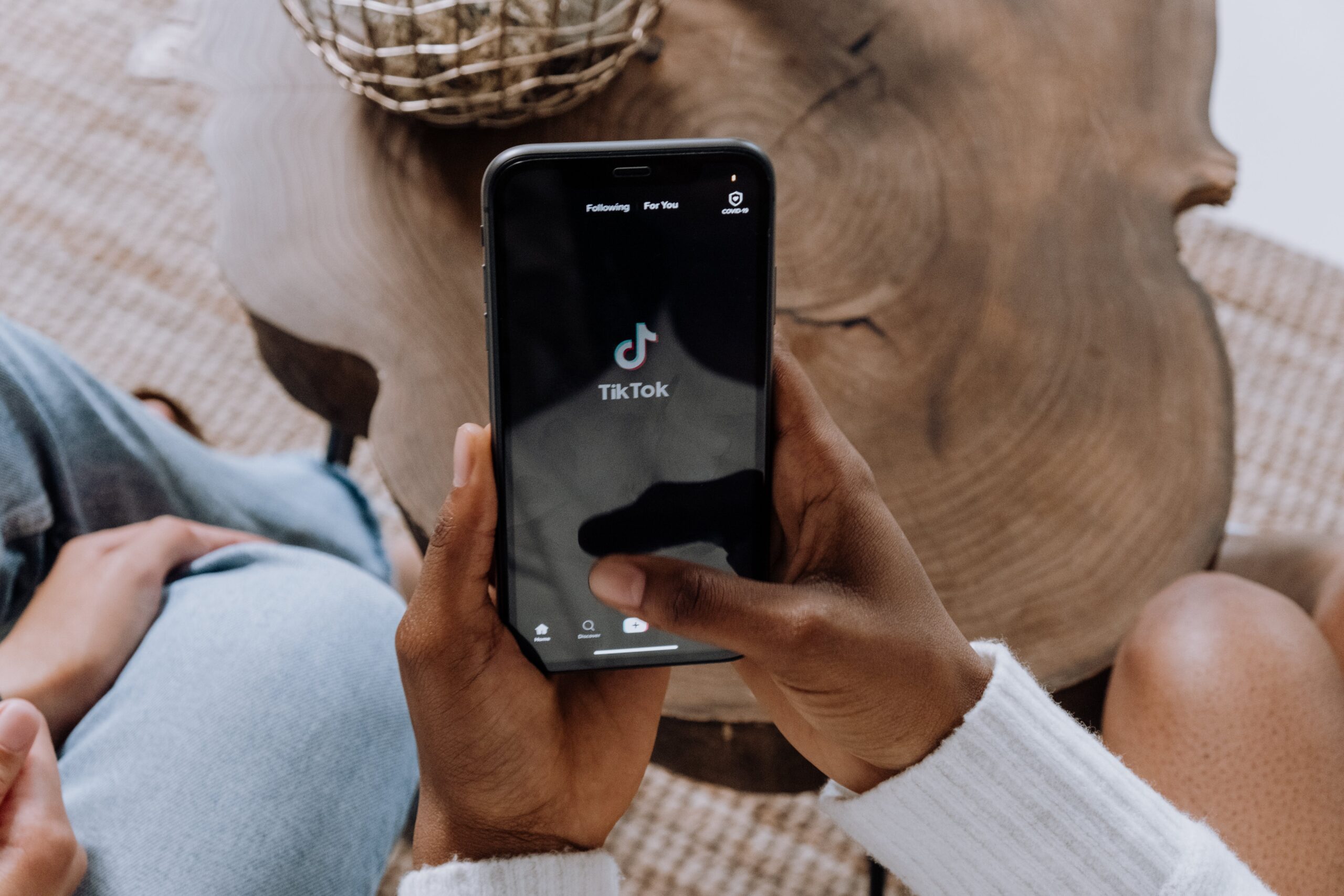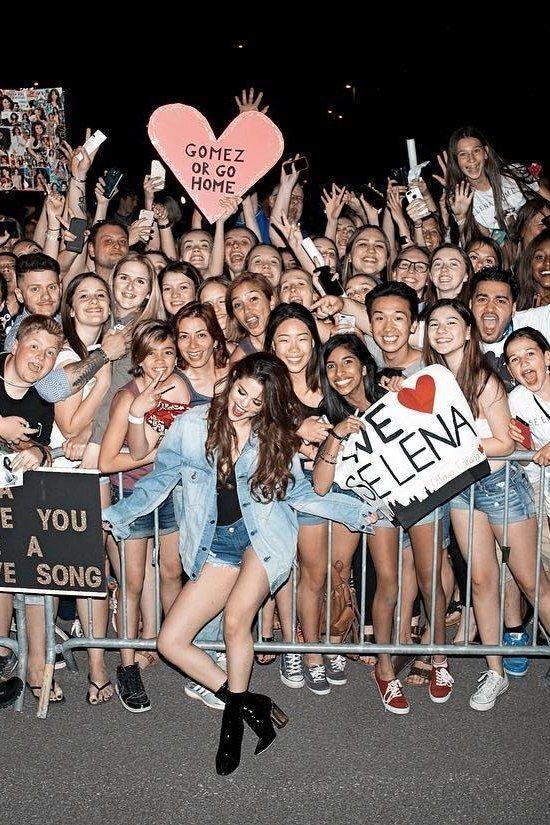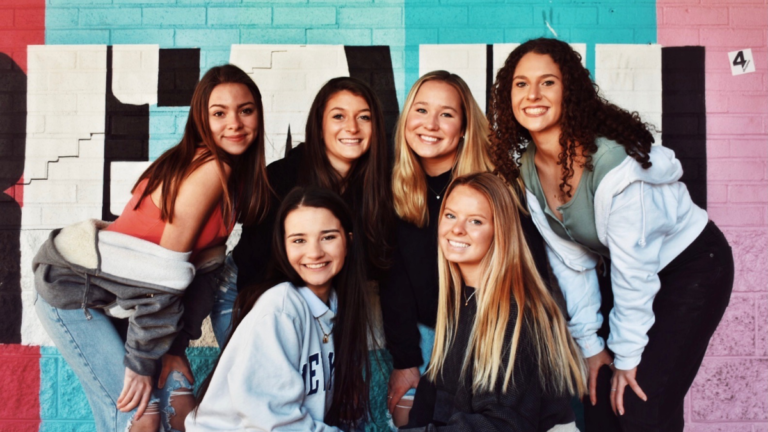From Tumblr to Tik Tok: The Digital Evolution of Fangirl Expression

“Life is short, so there is no reason why you shouldn’t live it to the fullest expression of yourself.” – Coy Bowles of Zac Brown Band
Even with millions of fangirls all over the globe finding community and common ground in their fandoms, each is unique. There is a personal journey, a personal connection to the music or artists, and, most importantly, a personal form of expression. Since the early days of social media, platforms have circulated in order to bridge gaps, share art, and discover new passions; fan girls have evolved over time alongside the evolution of social media. From Tumblr to TikTok, expression has grown rapidly and will continue for years to come.
Tumblr was launched publicly in the year 2007. The site quickly found traction and became a way to share photos, videos, and more. Sprinkle in the ability to customise the look from top to bottom (with a little coding magic) Tumblr became a fangirl paradise. Considered a microblogging site, users could discover new sparks, share their talents, and find common ground in media and pop culture that cultivated joy, love, and the spirit of life.
In its inception, social media as a whole completely transformed the way we come together as a society. The digital world was altered and changed; some may say for the better, and some may say for the worse. Regardless, it was changed forever, and all served different uses.
MySpace started as one man’s dream, transformed into a teenage wasteland (in the best way possible,) and, in its prime, became a musical mecca. Musical artists, at the very beginning of their careers, were able to connect with their listeners in a way we’d never seen before. It was raw, it was intimate, and it was real. A hub of finding some of the best sounds before they even hit the mainstream, MySpace is credited for launching some of our favourite Top 100 artists to stardom, including Adele, Arctic Monkeys, and more.
Like any trend, both of these platforms held mighty highs only to hit even mightier lows. With the creation of other more prominent and advanced platforms (Tumblr included), Myspace quickly ran out of steam. Whether it was because it was more user-friendly, more accessible, or simply the shiny new toy, fans continued to push forward. Still, their impact on how fans navigate the fandom space is undeniable.
One major impact social media has had on fandom culture is the ultimate humanization of the fangirl. The term itself has garnered a negative connotation, and it usually elicits images of teenage girls running after limos down the street or screaming hysterically at acts like The Beatles. While those stigmas are still hard to erase, social media has given fans the opportunity to play a major part in the music industry and, in turn, the power to change that narrative in the long run.
With the intertwining of technology and fandom came the personality and flare that brought the vision of fangirls from screaming and yelling stereotypes to opinionated, driven, artistic, intelligent, and fiery individuals. Many fans have gotten their foot into the door of a difficult (and often male-dominated) industry as journalists, social media managers, talent agents, and even musical artists themselves… all because of fan pages.
Fan pages have grown directly alongside the internet revolution, but they have always been there. In the late nineties, fans were able to create webpages about their favourite artists. Sites like Angelfire shared pictures from concerts or clipped from magazines, as well as facts about their favourite artists or tour schedules. This was only the beginning. Over time, fan pages have spread over Tumblr, Instagram, and, prominently now: Twitter. These have created a space for fans to celebrate their favourite artists, share information, create hashtags, start fan projects, and promote their “stans” newest projects for radio play and award wins.
In this latest rendition, fangirls have found a way to use their voice not just through a screen but through personal connection. TikTok has become the dominant force in the social media sphere. With videos and live streams, the world has become at our disposal. People went from words on a screen to faces and voices in our hands. TikTok has allowed fans to share their opinions in real-time, share authentic experiences, build an audience to bring about change, and create a raw, genuine connection.
Of course, none of these come without flaws. Tumblr quickly found problems with monitoring its mature content, Twitter has become a breeding ground for “trolls,” and TikTok often finds users spreading hateful or incorrect information. There will always be monsters lurking in the dark corners of these places; that is inevitable and should be recognised. However, that truth still remains: social media has led to the digital evolution of the fangirl in all its glory, and there is still much more ahead.






